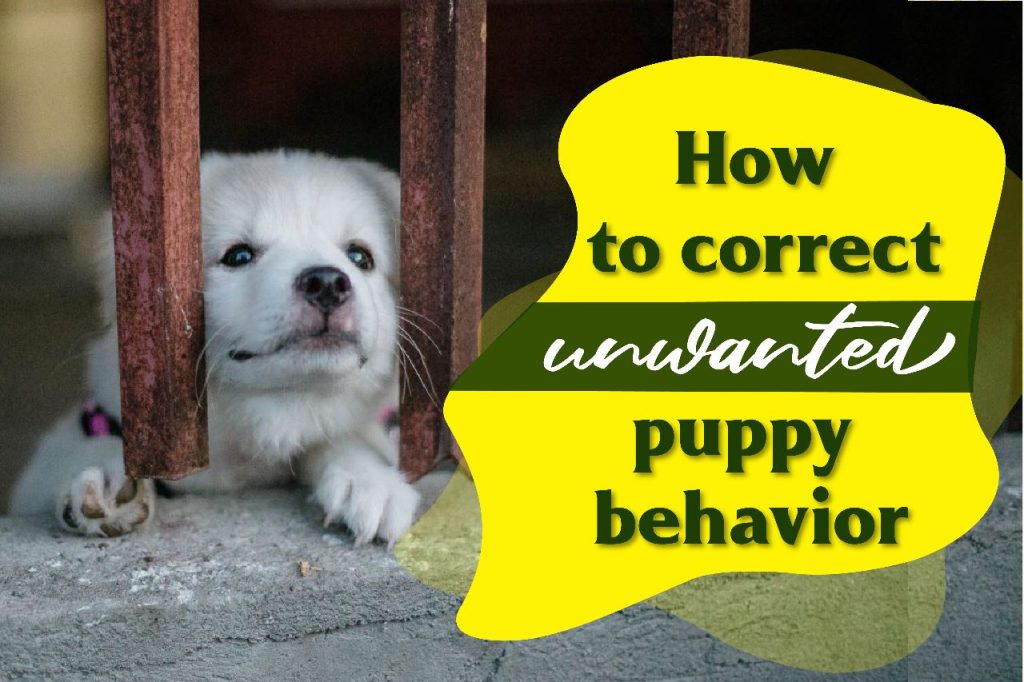Dogs have their own needs, wishes, personality traits, and temperaments. But, often, what your dog wants and what you want are different things. So, what happens when your dog misbehaves? – Well, it’s your job to handle the situation and make your dog behave better.
Stay with us, as this blog will dive deeper into the tips and tricks for making your dog behave better.
Difficulties that dog owners encounter
Even though particular aspects always apply, most dog owners encounter similar difficulties.
First and foremost, dog owners report difficulty controlling their dog’s need to jump. Dogs tend to get very excited and show excitement by jumping on people or objects. They also start jumping when they need attention or food.
Barking is the next most considerable difficulty for dog owners. Barking is a natural behavior for dogs, and it can have numerous reasons – from being afraid of other dogs to wanting your attention.
The next big problem is chewing objects around the home and damaging furniture, shoes, or plants. This behavior usually happens when your dog is understimulated and has nothing else to chew on.
Last but not least – leash pulling. This happens mostly with puppies before they gain the idea of walking instead of frantically running toward anything that draws attention.
5 tips to improve dog behavior
Consistent training is the best way to solve all the problems mentioned in the previous section. Here are 5 tips to improve dog behavior.
The importance of training
Training your dog is the first and most important thing you can do to improve your dog’s behavior. Teach your dog simple instructions like sit, lie down, come, or stop. Training is not for your convenience only; dogs love schedules and bonding. Training includes spending time together, strengthening your understanding and bond, and giving mental stimulation.
Dogs can learn at any age, so don’t feel discouraged if you haven’t trained your dog yet.
The training process can be straightforward once you get the handle of it. Training your dog means making them “earn” food, treats, petting, or affection. Not in a harsh way, but in a nurturing, caring one. So, before you feed your dog, ask him to sit or lay down and bring the food to them. The same goes for treats and petting. Soon, your dog will understand that they must behave to get something.
Rewards and positive reinforcement
As we mentioned, the key is to have positive affection and do everything with love. Intimidating your dog into compliance will certainly not work. You must use positive reinforcements like petting, good words, affection, or treats whenever they comply with your command.
And when they don’t comply, simply withhold the treats or ignore your dog. If you engage in negative behavior by yelling, running after them, or being highly expressive, the dog might interpret that as excitement and further engage in it.
Consistency is the key
For training to work, consistency is critical. For one, it’s essential to keep the commands consistent. Use a few basic ones, and always say them when you need your dog to comply. Also, make sure that you reward each positive behavior with a treat. This will reinforce the message and make it obvious to your dog what they need to do to get a treat.
Lastly, all individuals from the household should have the same standards and use the same commands. This is important because it keeps the desired behavior uniform and doesn’t leave any room for misunderstanding.
Meeting the dog’s needs
Dogs won’t comply with your command if what they do fulfills a need that otherwise is not met. So, your dog will most definitely chew on your shoes if they don’t have anything else to chew on. Or, they will bark, run and jump if they are understimulated and have tons of built-up energy.
So, make sure that you regularly walk your dog or that they have a free backyard to run around in. Also, provide a lot of toys or indoor fun, and engage in playtime.
Prevention rather than correction
It is always better to prevent particular behavior instead of correcting it later. If you have a puppy, start training as soon as possible. And make sure that you allow appropriate behavior from the very start. If you don’t want your big grown dog to jump around – don’t let them do it while they are puppies either. If a puppy is praised for a behavior now, it will expect to be praised for it when it grows.
The same goes for any bad behavior you don’t like – start as soon as you see the tendency instead of waiting for the behavior to become a big problem.
Final Words
Training is the tool dog owners have for regulating dog behavior. This activity provides benefits both for the owner and for the dog.
With this blog, we gave you 5 tips you can include in your daily life to ensure your dog behaves better. Enjoy your time together; it’s just a game anyway!

 CA
CA
